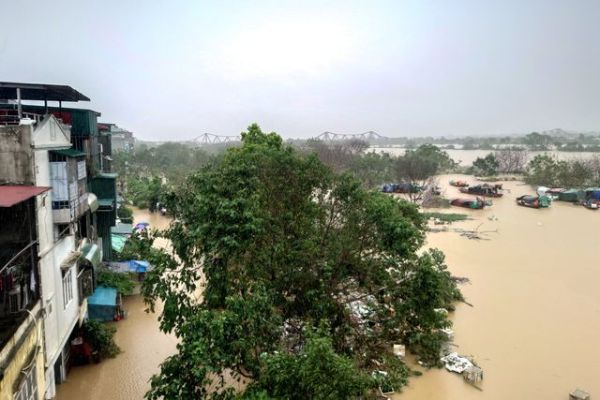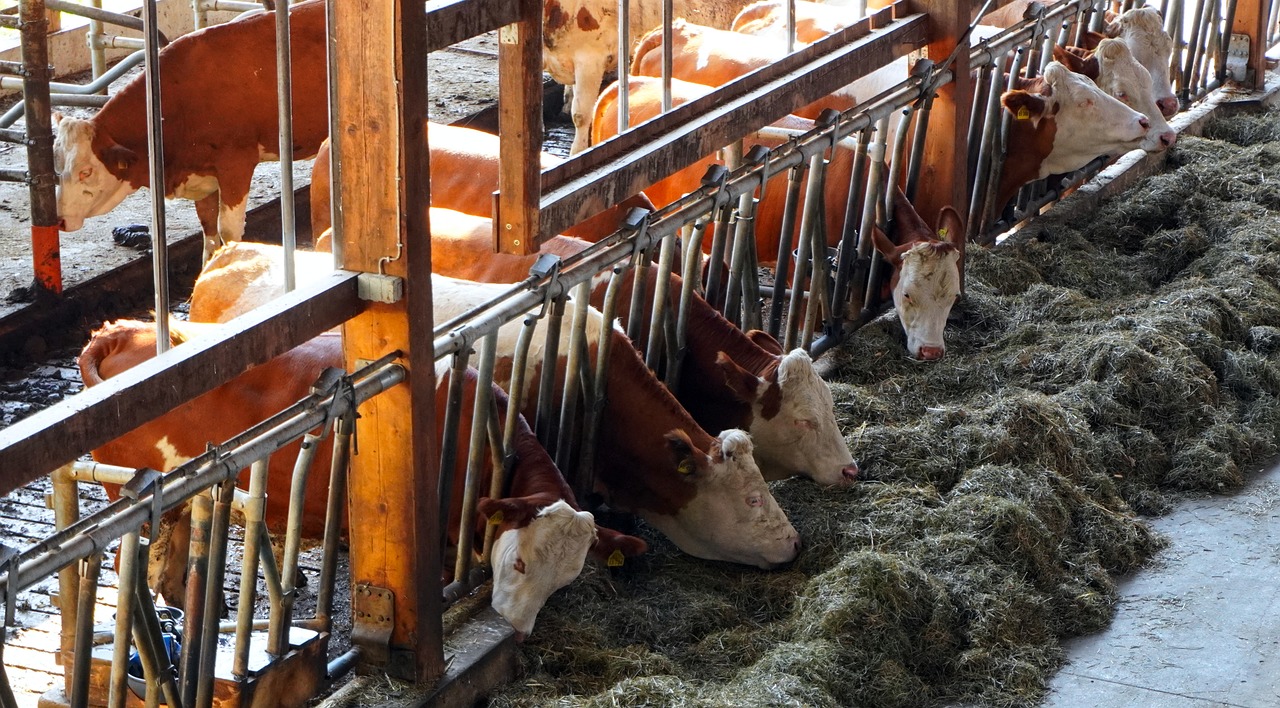Typhoon Yagi, the most powerful storm to hit Asia this year, has wreaked havoc across Vietnam, leaving a trail of destruction and claiming at least 179 lives in its wake.
As the Red River swelled to a 20-year high, thousands of residents in Hanoi were forced to evacuate their homes, leaving streets submerged in water.

The storm, which made landfall on Saturday in the northern part of the country, brought torrential rains and strong winds, leading to widespread flooding and landslides. The flooding caused significant damage to infrastructure, including the collapse of a bridge on Monday.
A torrent of water cascading down a mountain in Lao Cai province on Tuesday, buried the village of Lang Nu, claiming the lives of 16 people and leaving dozens missing, The Guardian reported citing local media on Wednesday.
As a result of the flooding, schools in Hanoi have been forced to close for the rest of the week, and thousands of residents in low-lying areas have been evacuated to safety.
 Shop owners stand inside their flooded shop following the impact of Typhoon Yagi, in Hanoi, Vietnam, September 11, 2024. REUTERS/Khanh Vu
Shop owners stand inside their flooded shop following the impact of Typhoon Yagi, in Hanoi, Vietnam, September 11, 2024. REUTERS/Khanh Vu
While, the state-run power utility, EVN, announced on Wednesday that it had cut off power to some flooded areas of the capital due to safety concerns.
Mai Van Khiem, director of the National Centre for Hydro-Meteorological Forecasting, stated that the Red River was at its highest level in two decades, with more rain expected over the next two days.
The government has estimated that the typhoon and subsequent landslides and floods have killed 179 people, with 145 others reported missing.
The Blue Dragon Children’s Foundation, a charity, evacuated its office on Tuesday after authorities warned of flood risks. Spokesperson Carlota Torres Lliro expressed concern for the dozens of children and families living in makeshift houses by the river, news agency Reuters stated.
EVN also reported that it had halted water discharge from the Hoa Binh hydropower dam, the second largest in northern Vietnam, into the Da River, a tributary of the Red River, to reduce water flow.
Additionally, Vietnamese authorities have raised concerns about Chinese hydropower plants releasing water into another tributary of the Red River, the Lo River (known as Panlongjiang in China), though Beijing has stated that the two countries are cooperating on flood prevention.
 A generic view of a flooded street following the impact of Typhoon Yagi, in Hanoi, Vietnam, September 11, 2024. REUTERS/Khanh Vu
A generic view of a flooded street following the impact of Typhoon Yagi, in Hanoi, Vietnam, September 11, 2024. REUTERS/Khanh Vu
“My house’s first floor is completely under water. Now we have no fresh water and electricity,” Nguyen Duc Tam, a 40-year-old resident of Thai Nguyen, about 60 km (37 miles) from Hanoi, told Reuters.
Factories and warehouses in coastal industrial hubs east of Hanoi have been severely affected, with many forced to close, potentially disrupting global supply chains.
Vietnam, which hosts major operations for multinational companies, including those that export goods to the United States and Europe, may face extended delays in production.
In provinces north of the capital, landslides triggered by heavy rainfall have also claimed lives. A bridge in Phu Tho province collapsed on Monday, and dramatic dashcam footage captured a truck plummeting into the river below.
Hoang Hai Luan, 30, said that he had not seen such flooding in over 20 years in the area, stating, “My belongings and possibly those of many others are completely lost,” as quoted by Reuters.
 A generic view of a flooded street following the impact of Typhoon Yagi, in Hanoi, Vietnam, September 11, 2024. REUTERS/Khanh Vu
A generic view of a flooded street following the impact of Typhoon Yagi, in Hanoi, Vietnam, September 11, 2024. REUTERS/Khanh Vu
Despite the widespread damage, there were no signs of flooding at a major Samsung Electronics facility on the outskirts of the city, which ships approximately half of its smartphones globally from Vietnam, according to a Reuters witness.
However, the devastating impact of Yagi extends far beyond Vietnam’s borders. As a major manufacturing hub for multinational corporations, the storm’s disruptions are likely to ripple through global supply chains.
Before hitting Vietnam, Yagi wreaked havoc in southern China and the Philippines, resulting in fatalities and injuries.
The storm’s intensity and duration have been influenced by climate change, which is causing typhoons in the region to form closer to the coast and intensify more rapidly.
Disclaimer: The copyright of this article belongs to the original author. Reposting this article is solely for the purpose of information dissemination and does not constitute any investment advice. If there is any infringement, please contact us immediately. We will make corrections or deletions as necessary. Thank you.







